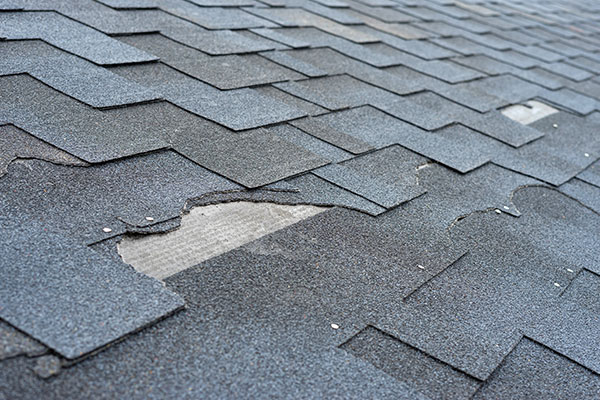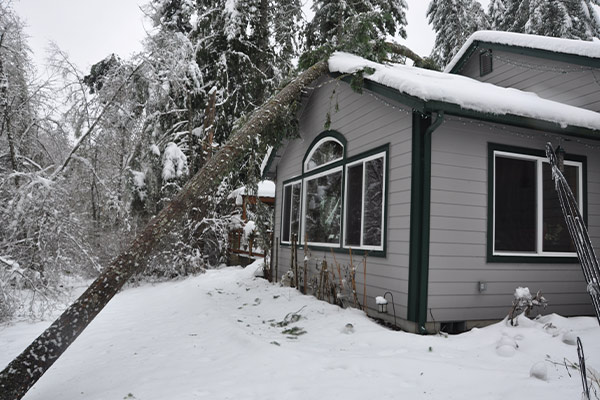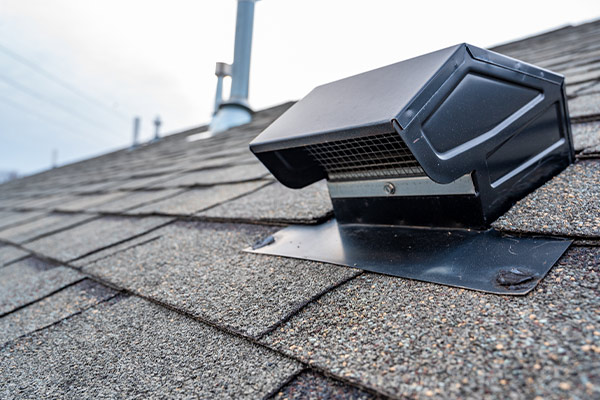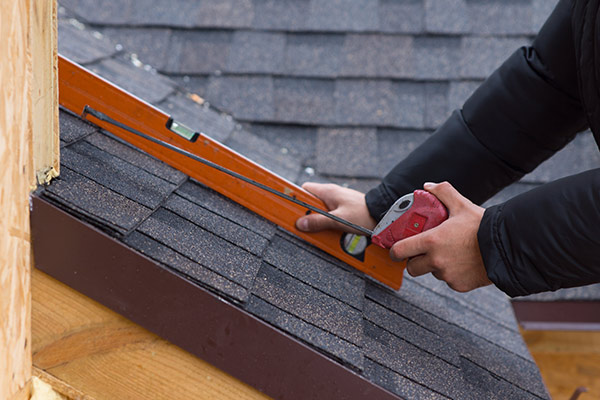Table of Contents
ToggleDid you know that over 80% of homeowners miss the early signs of a failing roof? After it rains, you may find cracked shingles or leaks. If so, this is one of the signs you need a new roof.
Roofs have varying lifespans; asphalt only lasts about 20 years, while metal can go up to 50. Regular checks help you determine when to replace it. You can grab a flashlight and check for stains or sagging from inside the attic.
Climbing a ladder to check your roof can pay off in the long run. A quick inspection now could prevent expensive repairs down the line.
Key Signs You Need a New Roof
Let’s jump right into it: Recognizing when you need a new roof is super important. The biggest sign is curling shingles. These shingles are a dead giveaway that your roof is prone to leaks. Shingles curl in two different ways. One is when they cup at the edges, and the other is when they claw in the middle. Both forms indicate your roof could be in trouble.
If you notice this, it’s important to take action quickly. Ignoring curling shingles can lead to further damage, particularly during heavy rain or storms. If you’ve got shingles curling, it might be time to think about a new roof.
Look out for cracked or missing shingles. This type of damage is serious and needs attention right away. Cracked shingles allow water to seep through, which can lead to leaks and more deterioration of the roof structure. Missing shingles leave gaps, exposing the roof to the elements, which can lead to more extensive damage.
If your roof is covered in asphalt shingles and displays these signs, it’s time to act. Keep in mind that asphalt shingles typically last around 20 to 25 years. If your roof is approaching this age, replacing it could be the best option to prevent future headaches.
Another big red flag is a sagging roof. A sagging roof isn’t just about aesthetics; it is a symptom of deeper issues that could ultimately cause a collapse if it isn’t repaired. This can be for a couple of reasons, such as damaged beams or water damage.
If your roof has sagging, don’t wait! Have an expert in Knoxville, TN, look at it right away. They’ll see if a complete replacement is required. Do not delay, because a sagging roof can jeopardize the entire structure of your home.
Water stains on ceilings and walls are another strong sign that something’s wrong. Such stains often indicate leaks that need to be repaired quickly. When water gets through, it can ruin not only the roof but the inside of your home. It’s important to address these leaks promptly, or else they may lead to bigger problems.
Moss on your roof is also a problem. It holds moisture, which will cause shingles to break down. It could cause the roof materials to rot underneath. This is another clear sign your roof might need replacing, especially if it’s fairly old.
Keep in mind that a healthy roof is long-lasting, but it won’t last forever. If your roof is at least 10 years old, look for loose granules. If you see something, call a professional to inspect it immediately!
Different materials have different lifespans. Metal roofs last between 40 to 70 years. Slate or tile roofs can last over a century. If your roof has been around for 25 years, it may be time for a replacement.
If you’re in Knoxville, because we’re the go-to experts in Residential Roof Repair, you’re in the right place!
Lifespan of Roofing Materials
When you think about roofing, the lifespan of materials is key. Let’s break that down, starting with asphalt shingles. These are common in most homes and usually last about 20 years. Why settle for just 20 years? They’re also subject to wear based on weather and material quality.
Three-tab asphalt shingles, for example, are inexpensive but last only 15 to 20 years. Their low wind resistance from less durable materials also makes them less durable. Weather damage, such as heavy rain and wind, can hasten this process, so it’s good to check them on a regular basis.
Various materials equal various lifespans. Metal roofs, for instance, exhibit massive variety. Thinner metal may only get you 20 to 25 years. If you opt for thicker, high-quality metal, your roof may shelter your home for more than 50 years. It’s a good investment if you plan to stay put for a while.
Metal roofs may have a higher upfront cost, but their longevity makes them worth it. Thickness is crucial here, so consider what you require. If you’re in a region with harsh weather, this could be your best bet.
Slate tiles are another option. These can last well over 50 years, even up to 100. They’re great for places like the Midwest where the weather can be finicky. You pay more initially, but their durability speaks for itself.
Concrete or clay tiles are similar, lasting 50 years or more. They hold up in a variety of weather conditions, so they are a durable choice. With these materials, replacements are less common, which is great for saving in the long run.
Weather conditions have a significant impact on your roof’s lifespan. Storms, snow, and even the sun can break down your roof faster than you think. For example, wood roofs are gorgeous, but will only last up to 30 years if maintained properly.
They need more care, particularly in wet climates, as they are susceptible to damage from moisture. Regular maintenance is important to keep them in tip-top shape. Superstorm Restoration has quality options that will last beyond 50 years. They need care and proper installation to get there.
Here’s a simple table to compare the lifespans of different roofing materials:
| Roofing Material | Lifespan (Years) |
|---|---|
| Asphalt Shingles | 15-20 |
| Thin Metal Roofs | 20-25 |
| Thick Metal Roofs | 50+ |
| Slate Tiles | 50-100 |
| Concrete/Clay Tiles | 50+ |
| Wood Roofs | Up to 30 (with care) |
This table allows you to visualize which materials may be the best fit for your needs. It’s all about balancing cost, longevity, and maintenance. Choosing the right material can save you time and money in the end.
Think about your situation, budget, and how long you want to live in your house. Each roofing material offers unique benefits, fitting different lifestyles and needs.
Conducting a Roof Inspection
Performing regular inspections of your roof can go a long way in identifying early warning signs of damage. Look for granule loss or discoloration. These signs usually mean your roof is in bad shape. If you notice granules building up in the gutters, it’s a red flag.
Look for lighter or darker patches on the roof, as that could signal the shingles are wearing out. A good roof should last for years to come. Regular inspections help you catch small issues early, letting you take action before they become bigger problems.
Another step in a roof inspection is checking the attic. Signs such as moisture, mold, or even musty odors often indicate that water is leaking from the roof. This might indicate that there’s a break somewhere in the shingles or flashing.
Mold growth, for example, flourishes in damp conditions and can cause health problems as well as compromise the integrity of the roof. Water intrusion can be difficult to notice from the outside. Many hidden problems can be detected with a careful inspection of the attic before they become symptoms.
Visible damage on the roof such as cracks, sagging, or missing shingles can weaken it. You need to check the roof for these issues, as they could be signs of larger underlying issues. Another common sign is sagging, which typically means the support structure is becoming weaker.
Missing shingles could be due to severe weather or improper installation. About 75% of roof problems are due to shoddy installation. It’s really important that everything looks solid and in place.
It’s also important to document your findings during these inspections. This practice tracks changes over time and helps you plan repairs or replacements. It’s sort of like having a history of your roof’s condition, which can be useful in conversations with professionals.
If you experience a roof leak, especially on roofs over ten years old, it’s wise to seek several opinions. That way, you can consider all opinions and make a thoughtful decision about the next steps.
It’s important to recognize that roof leaks can be caused by poor installation, broken flashing, or aging materials.
Moss and algae growing on the roof can also lead to several issues. Moss, for example, holds moisture, which could lead to shingles that deteriorate and potentially rotting under the roof materials.
Since moss and algae thrive in damp, shaded areas, their presence could suggest other moisture-related issues. Tackling these can avoid further damage and keep your roof in shape for years to come.
Have Your Recognized The Signs You Need a New Roof?
Your roof is your home’s first defense against the elements. Recognizing signs like leaks, sagging, or curling shingles early prevents more significant issues down the line. Whether your roof is nearing the end of its lifespan or showing visible damage, acting promptly saves money and ensures your home’s safety.
Don’t wait for the next storm to reveal hidden problems. Contact Roofs R Us in Blaine, MN, your trusted experts in roof repair and replacement. Call us today at (612) 282-8092 or visit roofsrusminnesota.com for a professional inspection. Protect your home with a reliable roof built to last.
This updated version integrates keywords naturally and includes a clear call to action to encourage readers to contact Roofs R Us for their roofing needs. Let me know if you’d like further refinements!
